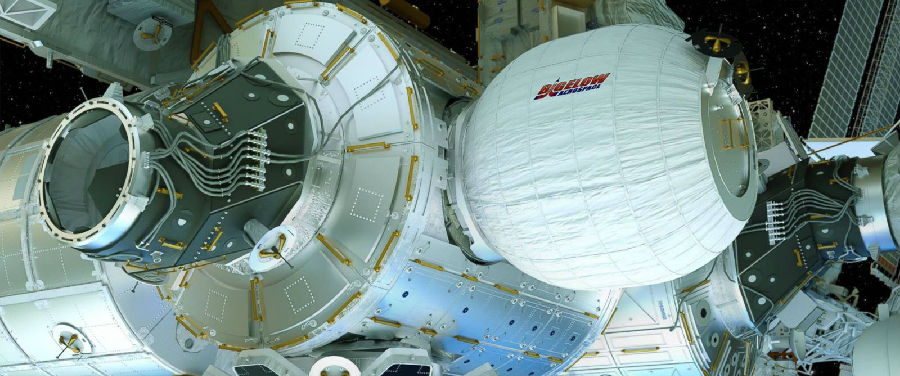America's National Aeronautics and Space Administration (NASA) has successfully inflated a new, experimental room for crew members to use in space. The inflatable pod is now an extension to the International Space Station (ISS). It is roughly four metres long and 3.2 metres wide. It took three days to fully inflate. ISS crew members now have to wait a week before entering it. NASA engineers must first ensure it is airtight. The blow-up compartment is part of a test on the feasibility of inflatable accommodation on the Moon and Mars, and of orbiting space hotels. NASA paid $17.8 million for the demo capsule. It hopes this initial test will lead to bigger inflatable rooms at the space station.

The inflatable is the world's first blow-up capsule for astronauts, cosmonauts and other space travellers. It is called the Bigelow Expandable Activity Module, or BEAM for short. It is named after Bigelow Aerospace, the company that designed and built it. Company founder Robert Bigelow has spent many years investing in and building hotels. He is currently working on a project to build two private space stations that could serve as hotels in the heavens by the end of the decade. He said he envisions inflatables as a big part of space travel and tourism in the future. The pods are small enough to transport as compressed, airless units, but big enough and sturdy enough to live in, once filled with air.











